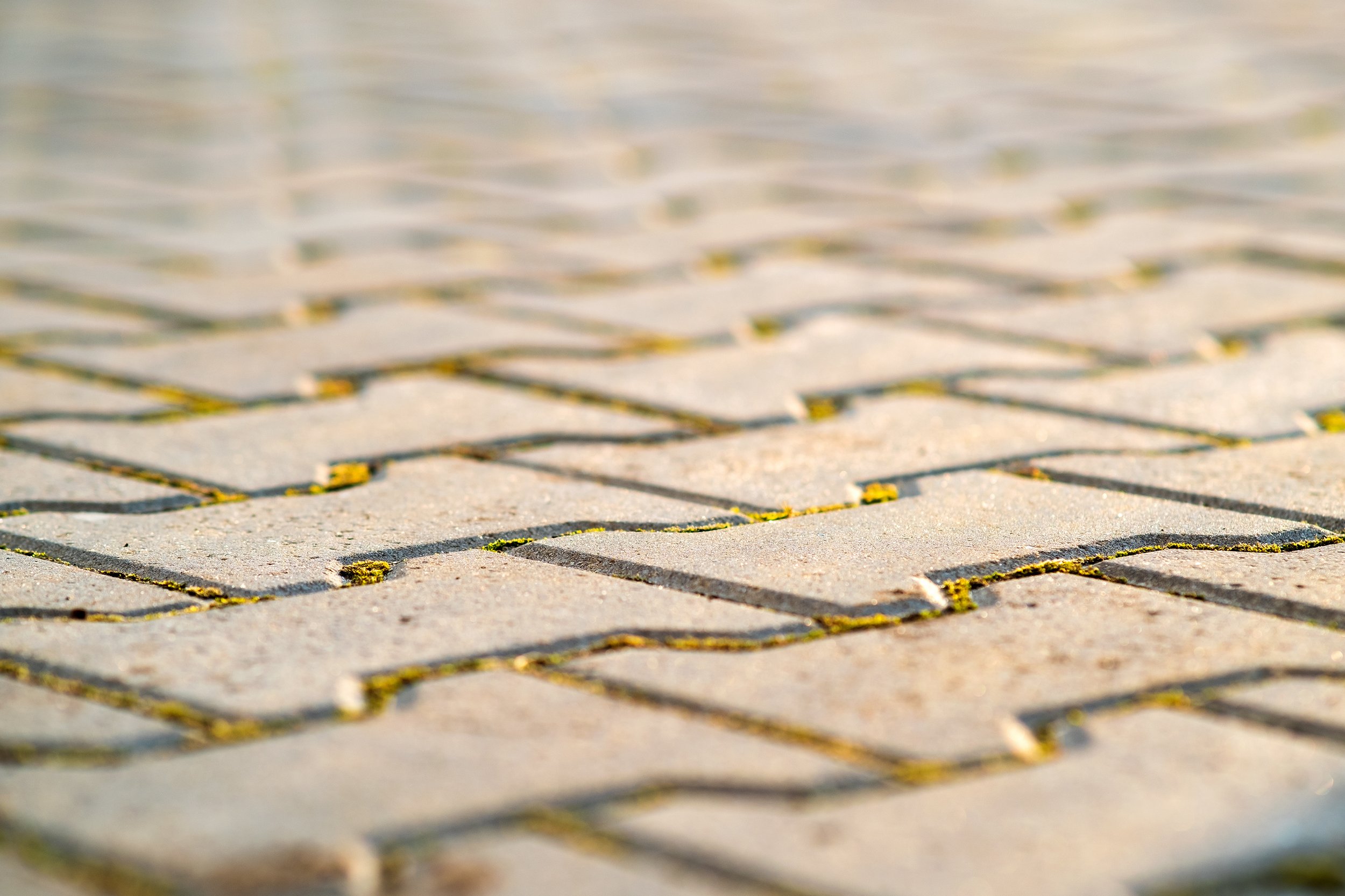PAVERS vs INTERLOCKING PAVERS
PAVER & PAVERS -
The Romans DID use Pavers.
Pavers refer to individual units or pieces of material used in landscaping and construction projects to create or enhance pavements, patios, walkways, driveways, and other outdoor surfaces. These units can be made from various materials such as concrete, clay, natural stone, glass or brick.
-Pavers come in endless shapes, sizes, colors, and textures, offering flexibility in design and aesthetics.
-They are typically installed over concrete with mortar or thin set, alternatively they can be installed on engineered wood substrate or structures. And finally, a professional can install them over properly prepared subbase and compacted grade, they should care to create a stable and durable application surface.
-Pavers can be arranged in different patterns, including herringbone, basket weave, running bond, random or irregular layouts, allowing for creative and customized designs.
-Pavers are also known as tile, slate, flagstone, and other natural materials, they are typically at least 1/2” thick (we recommend at least 3/4” thick), anything less will crack.
Pavers are everywhere. And are as old as time. My friend, the Romans and the Parisians used pavers, they are still there in the streets and in cafes. We commonly use them in both residential and commercial landscape design and construction projects. However, they can be used as an interior application.
INTERLOCKING PAVERS-
Well, the Romans did not use Interlocking Pavers.
Interlocking pavers are a specific type of paver that feature unique design features allowing them to fit together tightly and securely without the need for mortar or adhesive. They are commonly manufactured from high strength concrete; they are cast in specific molds/sizes. Interlocking pavers are what we typically see in driveways and over large plazas. They come in multitudes of sizes, colors, thickness, and textures. and stable surface when installed.
-Interlocking pavers have grooves, ridges, or protrusions along their edges that enable them to lock together when placed side by side. This interlocking mechanism allows them to be stable, permeable and flexible. Unlike concrete, if they crack, chip or shift, the individual paver can be replaced.
-Interlocking pavers offer several advantages over traditional pavers, in terms of the landscape application, including ease of installation, as they can be laid quickly and without the need for specialized skills or equipment.
-They provide enhanced durability and load-bearing capacity due to their interlocking design and thickness, making them suitable for high-traffic areas like driveways and commercial applications.
Pavers and Interlocking Pavers
Both traditional pavers and interlocking pavers offer versatility in design and application, but interlocking pavers may be preferred for projects requiring added stability or ease of installation.
While both traditional pavers and interlocking pavers serve similar purposes in construction and landscaping projects, interlocking pavers offer distinct advantages in terms of stability, ease of installation, cost and durability due to their unique manufacturing and design.










